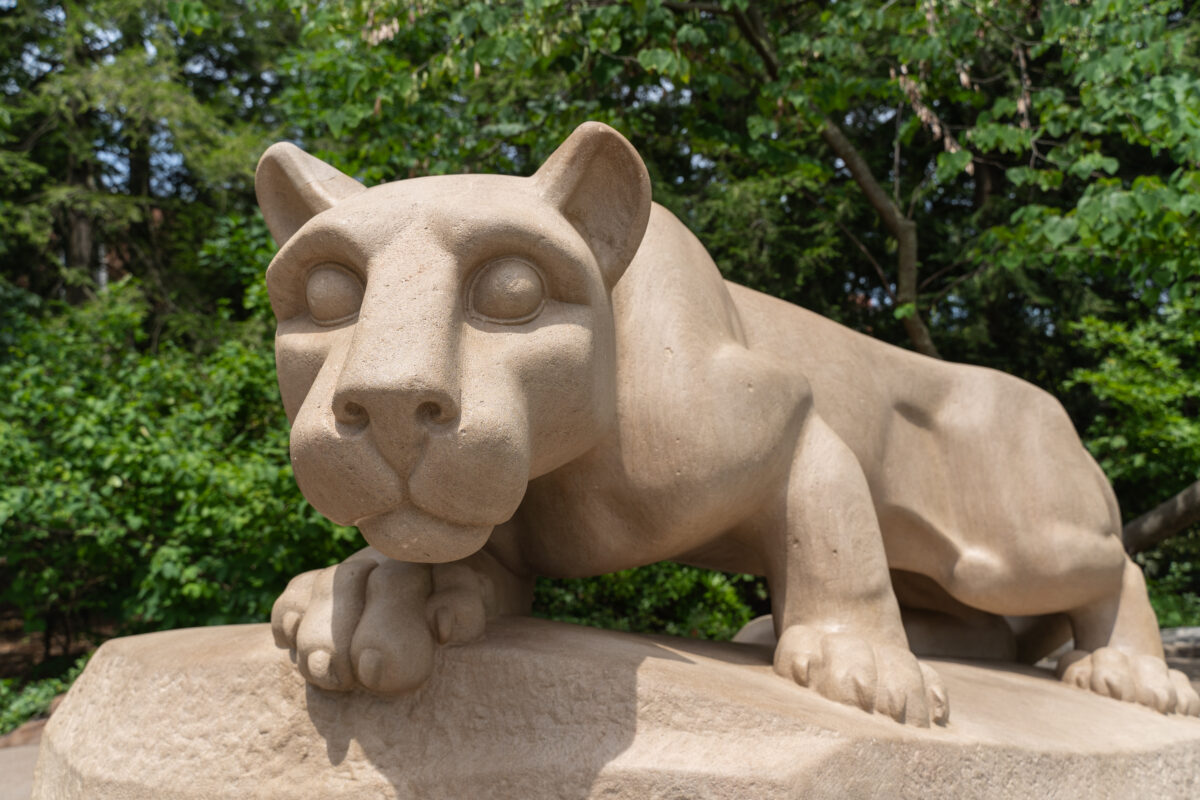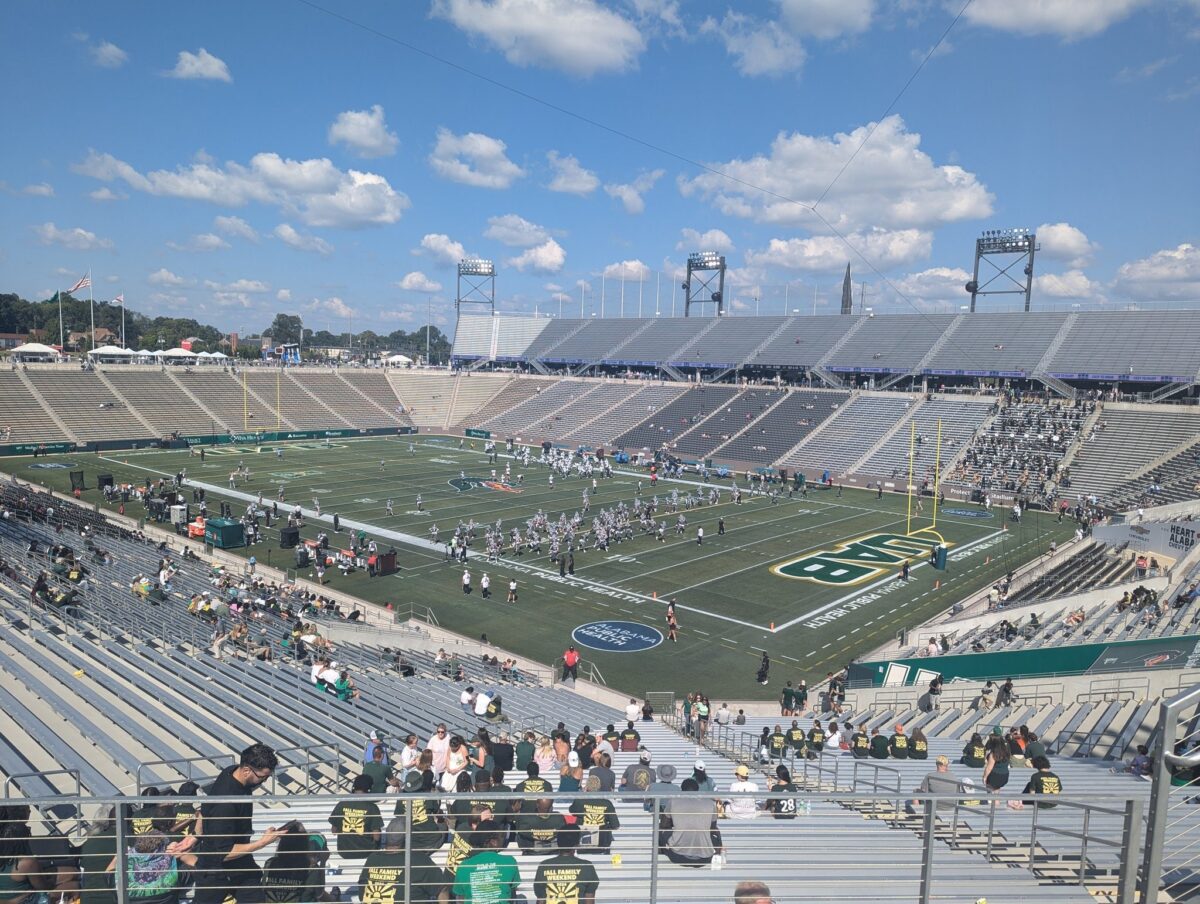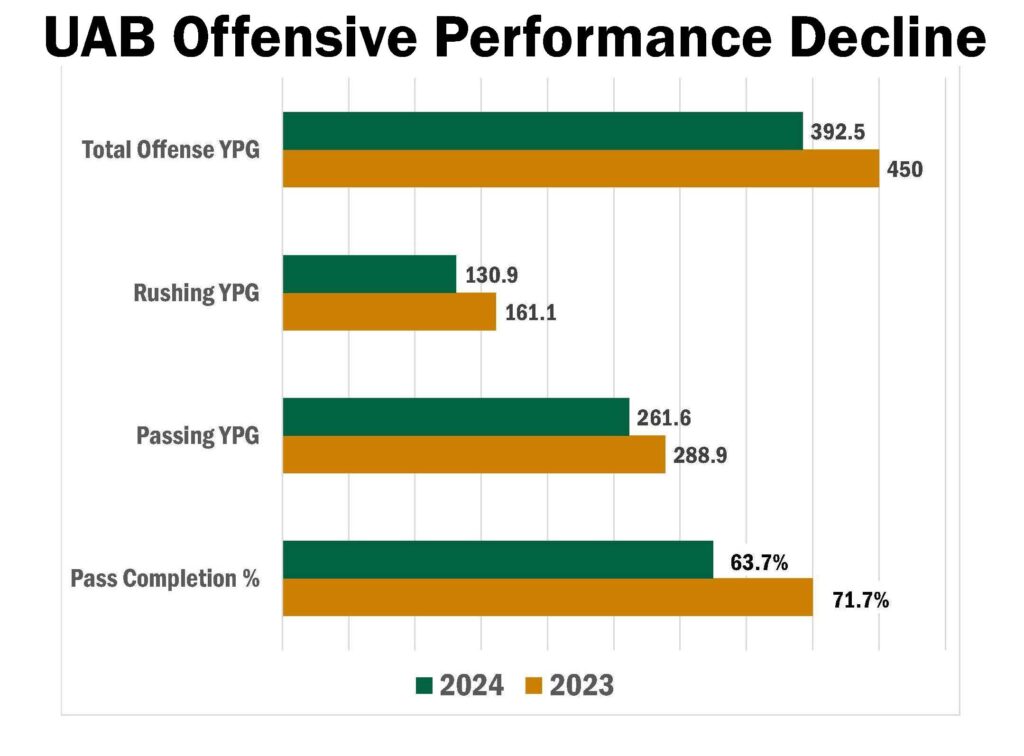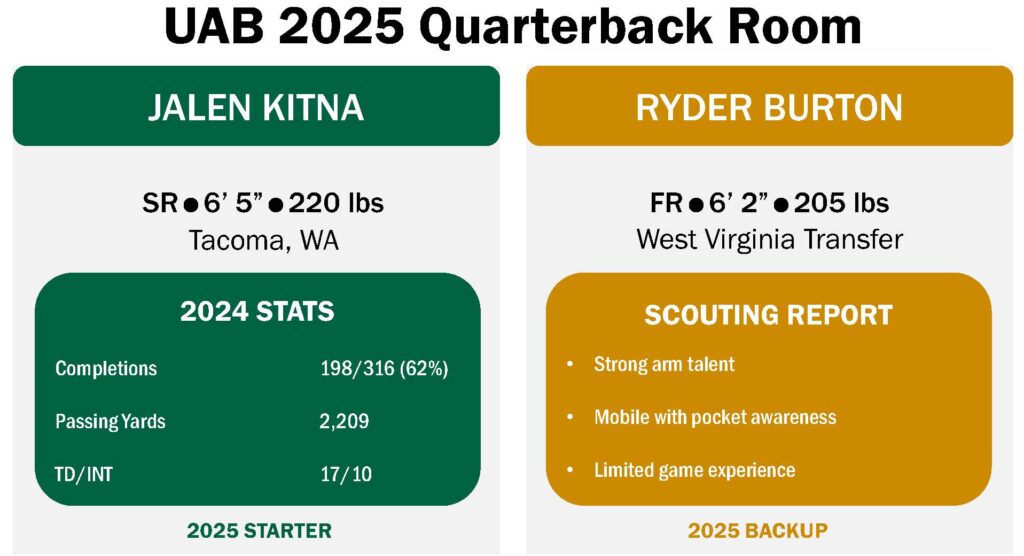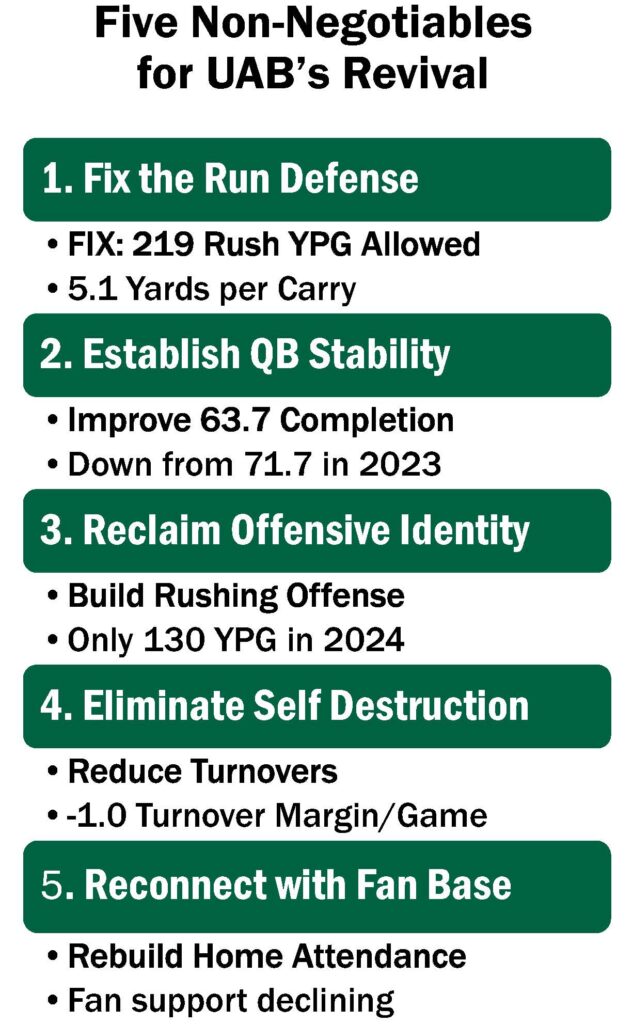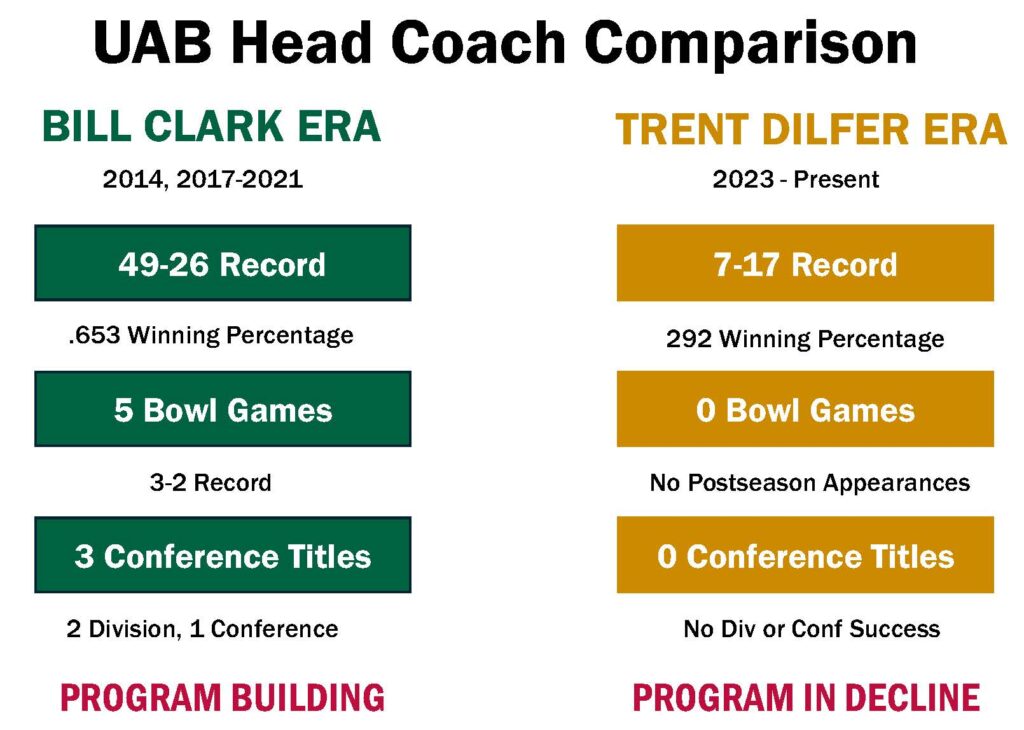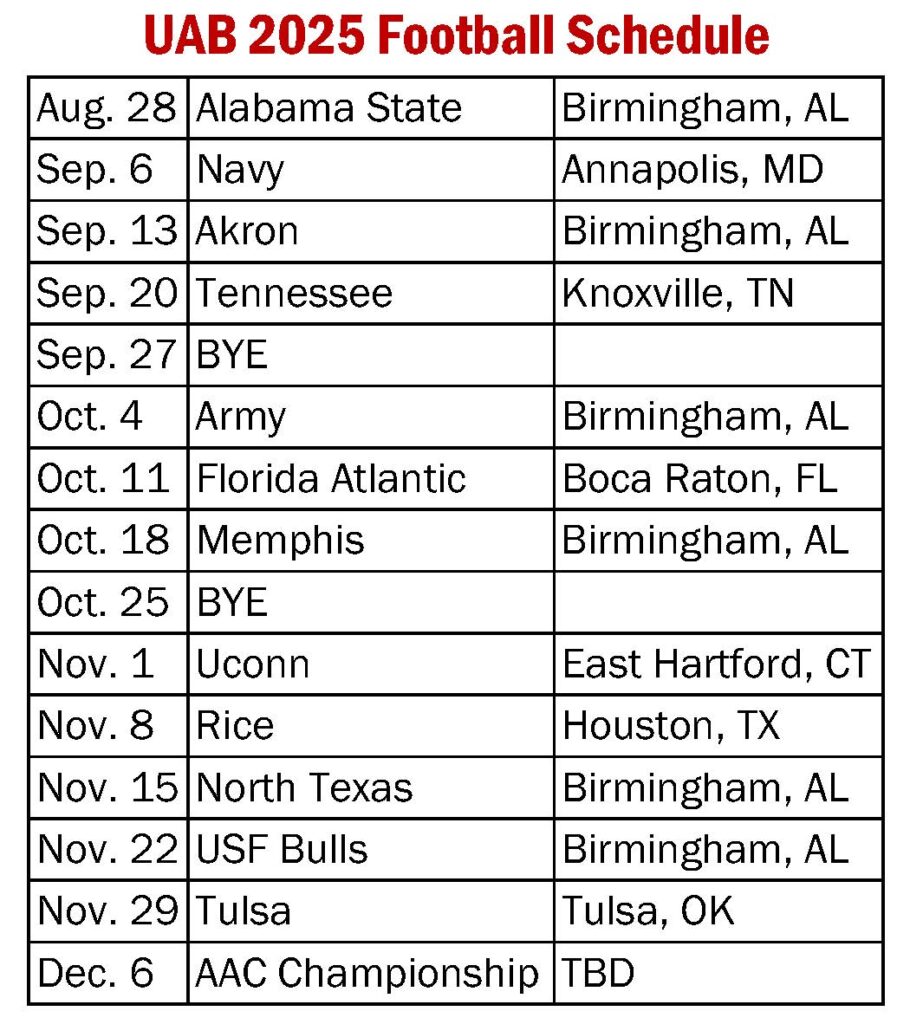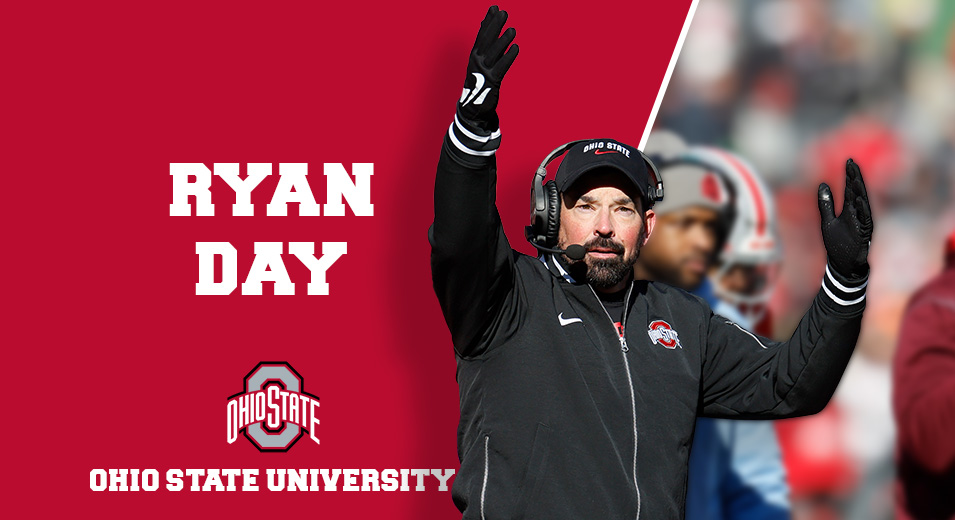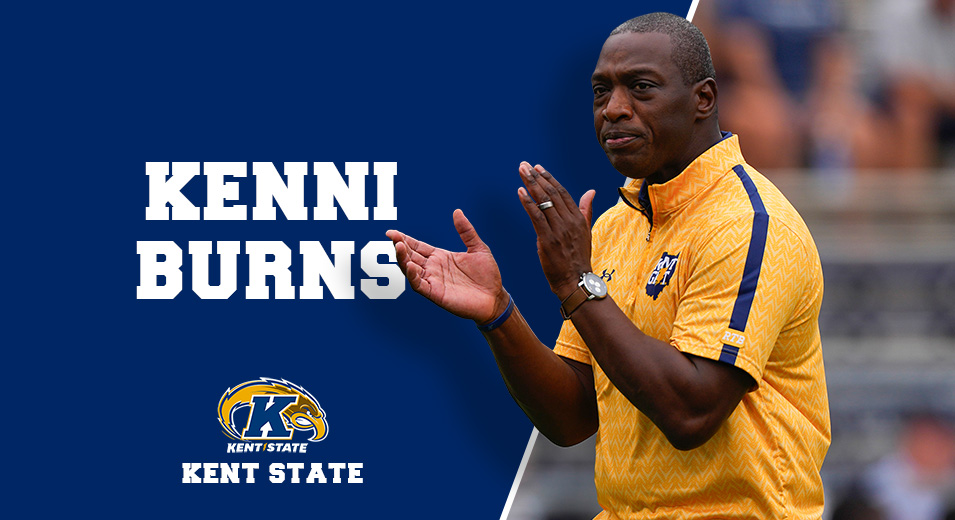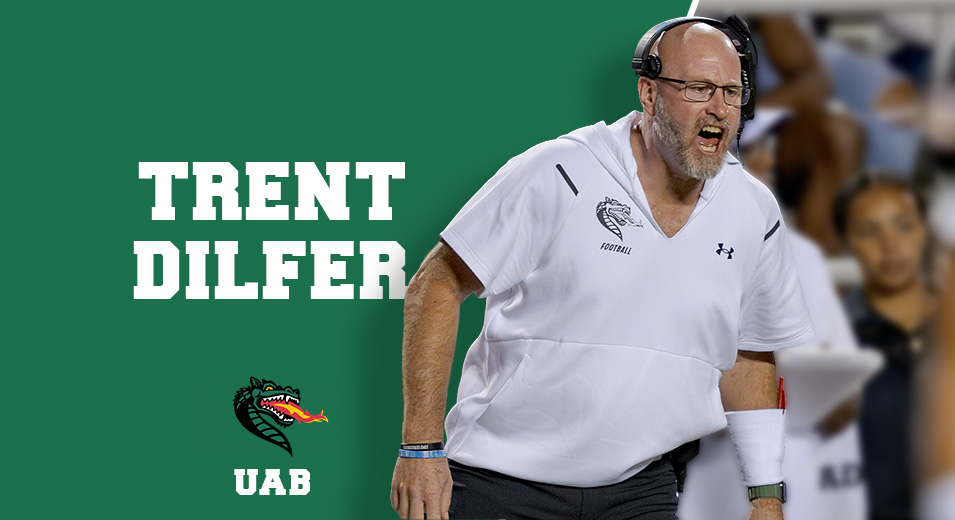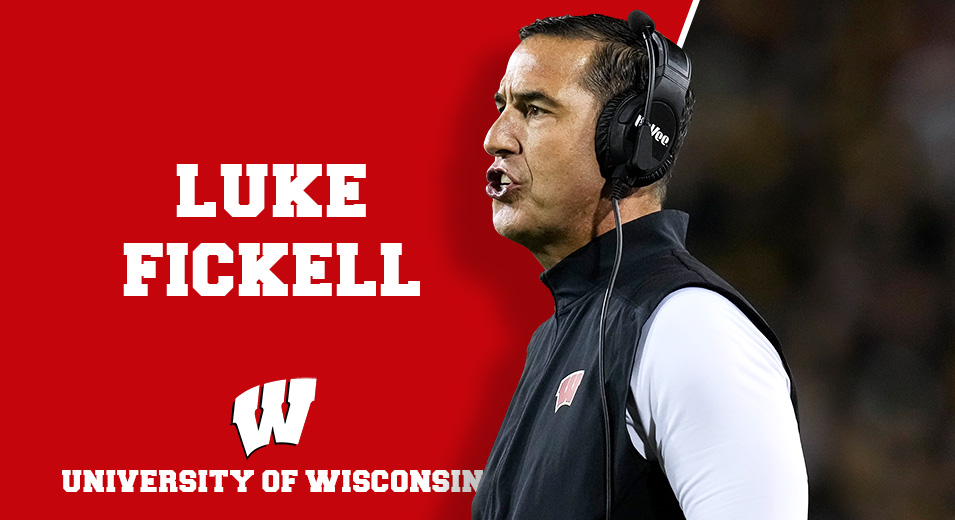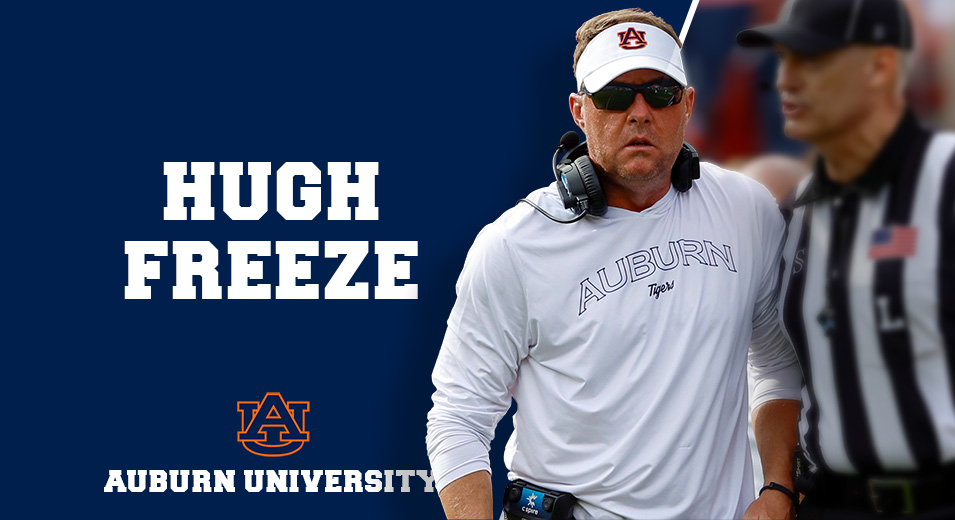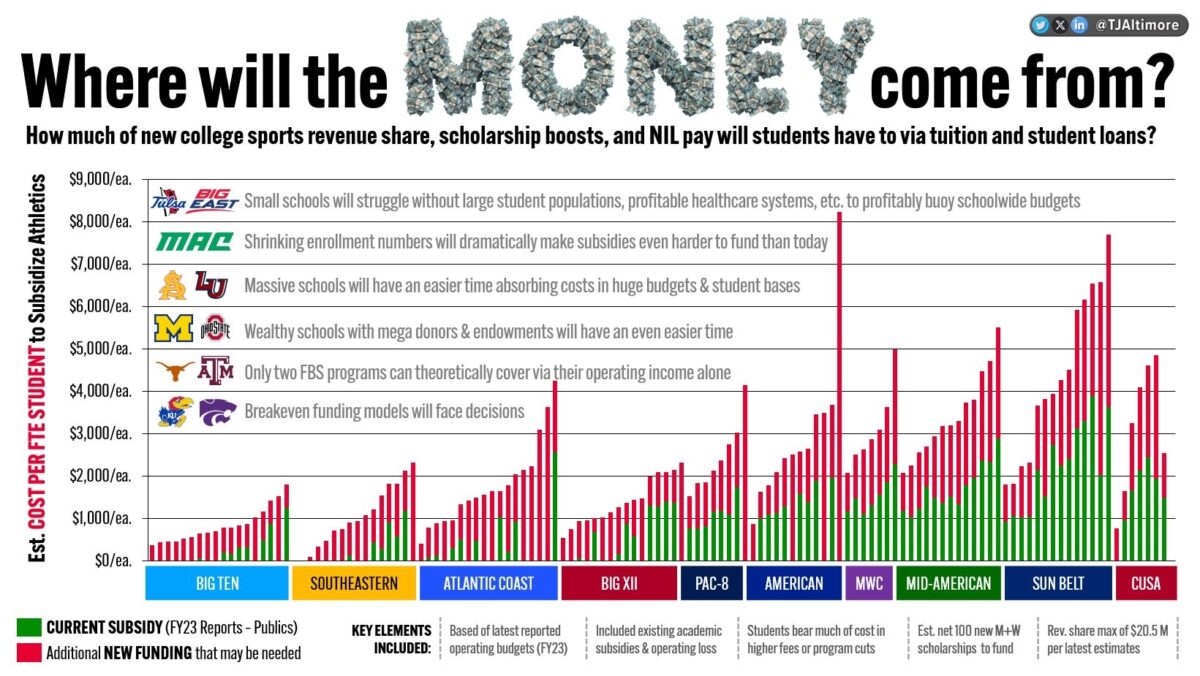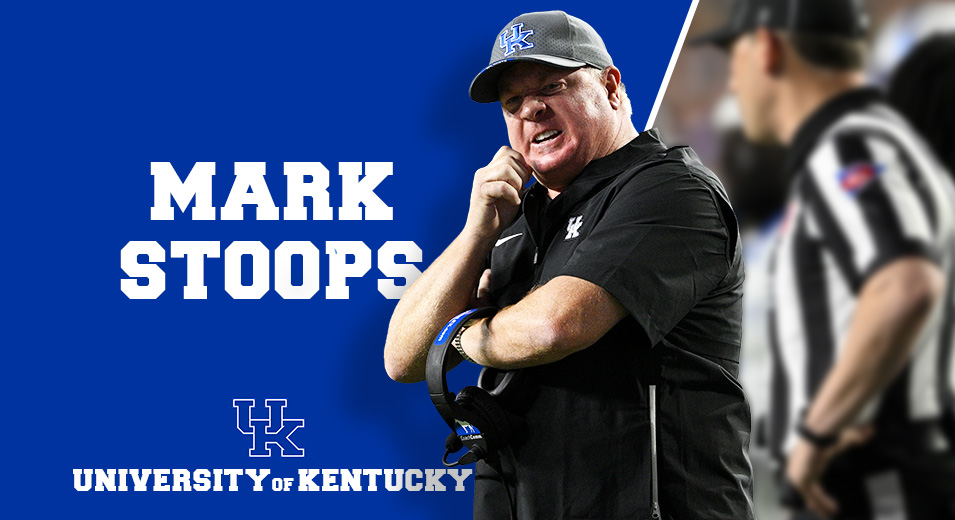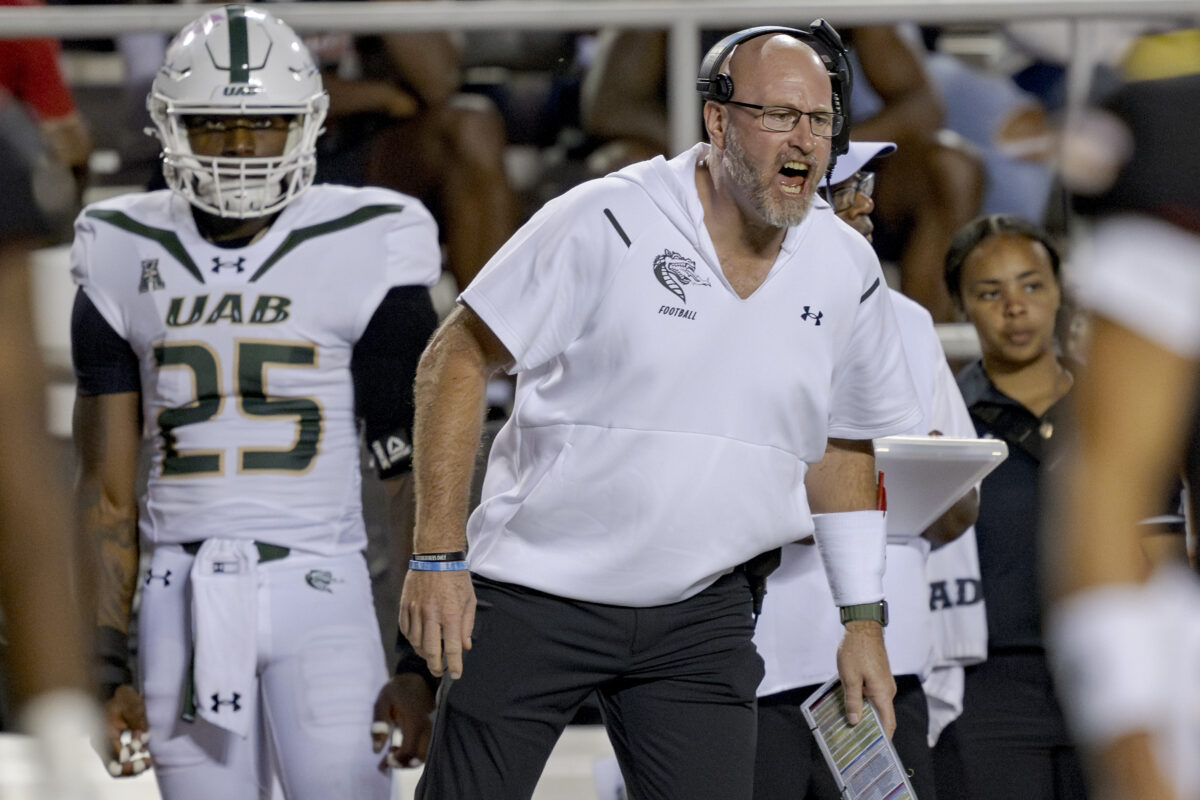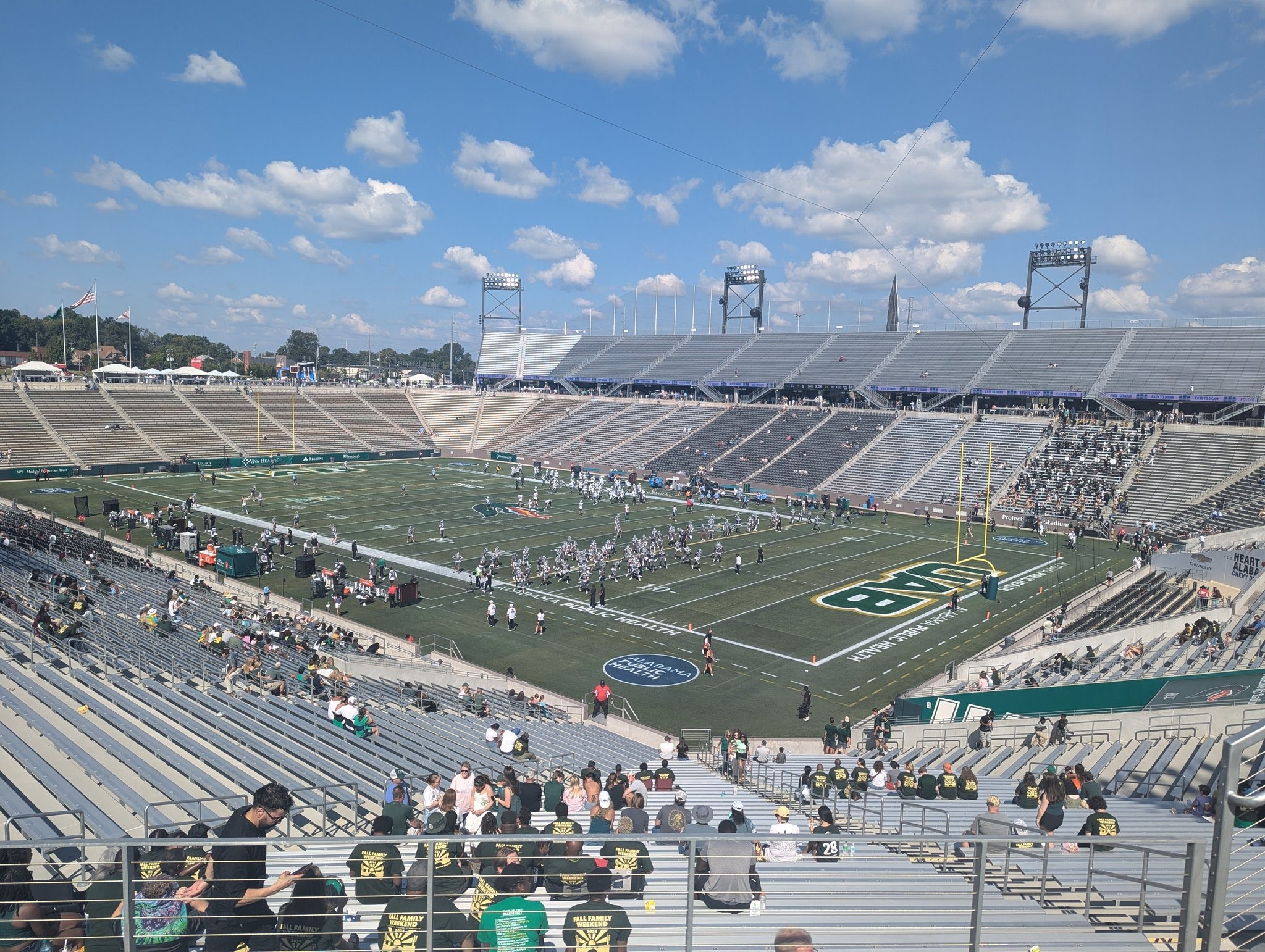Blog Article
Week 7 – Coaches Hot Seat Rankings
We’re officially past the halfway point of the 2025 college football season, and the bodies are starting to pile up.
This is when the excuses run out. “We’re young” doesn’t work anymore. “We’re installing a new system” isn’t cutting it. “We just need more time” sounds like desperation. October is when college football separates the pretenders from the contenders—and more importantly, it’s when athletic directors start having quiet conversations with search firms about who might be available in December.
Some coaches entered the season on the hot seat and managed to cool things down. Others have made their situations exponentially worse. And a few—well, a few are coaching for their jobs every single Saturday, whether they want to admit it or not.
Here are the 10 coaches sitting on the hottest seats in college football right now, ranked from “you’re probably gone” to “start packing”:
1. Trent Dilfer, UAB (American)
Here’s the thing about Trent Dilfer: nobody cares that you won a Super Bowl twenty-something years ago when you’re 3-4 and sitting at the bottom of the American Athletic Conference. Dilfer came in talking a big game about “building champions” and “culture,” but UAB looks worse now than it did before he arrived. The Blazers were a scrappy, competitive program under Bill Clark. Now? They’re getting boat-raced by teams they used to beat. When you replace a beloved coach and immediately tank the program, the seat doesn’t just get hot—it becomes a five-alarm fire.
2. Billy Napier, Florida (SEC)
Billy Napier beat Texas, and some want to pretend like that changes everything. It doesn’t. Know what beating Texas gets you at Florida? Another week. Maybe two. One upset doesn’t erase two and a half years of organizational failure. Napier is still 15-18 overall. He’s still the coach who turned one of college football’s blue bloods into a mediocre SEC also-ran. The Gators are still paying him $7+ million to compete for bowl eligibility while Georgia and Alabama compete for national championships. That’s unacceptable. The Texas win was impressive—sure—but Florida fans have seen this movie before. A big win that makes everyone feel good, followed by three inexplicable losses that remind you why the seat was hot in the first place. Napier didn’t save his job. He just delayed the inevitable conversation about when, not if, Florida moves on.
3. Mike Norvell, Florida State (ACC)
Three wins over Florida, Kent State, and an FCS team have created an illusion of recovery. The national media moved on. The hot seat conversations shifted elsewhere. Mike Norvell seems to have escaped scrutiny.
But here’s what nobody’s talking about:
Florida State hasn’t won an ACC game since November 2023. That’s a 15-game conference losing streak spanning two full seasons. The Seminoles are 0-2 in ACC play right now. The streak is alive and getting longer.
Think about that timeline:
- 2023: 13-1, ACC Champions
- 2024: 2-10 overall, 1-7 in conference
- 2025: 3-2 overall, 0-2 in conference
This isn’t a one-year blip. This is a two-year organizational collapse at one of college football’s blue bloods. Norvell went from undefeated to unwatchable in less than 365 days, and the worst part? There’s no evidence that things are getting better. The wins are smoke and mirrors. The losses in conference play are the reality. And if FSU can’t figure out how to win an ACC game soon, Norvell won’t be around to see Year 4.
4. Jeff Choate, Nevada (Mountain West)
Jeff Choate is discovering that what works at Montana State may not necessarily translate to the FBS level. Nevada is 2-5, and worse, they’re not even competitive in games they should win. Choate’s “tough, physical football” approach sounds great in theory, but when you’re getting pushed around by mid-tier Mountain West teams, it’s clear something isn’t working. The Wolf Pack faithful are patient people, but patience runs out when you’re staring down a 3-9 or 4-8 season. Choate needs to show he can adapt—and fast—or he’ll be heading back to the FCS.
5. Joe Moorhead, Akron (MAC)
Joe Moorhead’s track record says he should be better than this. He’s coordinated elite offenses. He won at Fordham. But Mississippi State? Mississippi State fans still haven’t forgiven him for tanking their program. And now at Akron, he’s showing flashes of the same problem: his teams look good on paper but can’t finish. The Zips are 2-6, and here’s the frustrating part—they’re winning the stat sheet in games they lose. Yards? Check. First downs? Check. Time of possession? Check. But stats don’t win games. Scoring touchdowns and field goals wins games. And Akron can’t score when it matters. They move the ball between the 20s and then stall out in the red zone. That’s coaching. That’s execution. That’s on Moorhead. A couple of wins this season is technically an improvement over the dumpster fire Akron has been, but when you’re celebrating 2-6 as progress, your seat is scorching hot.
6. Butch Jones, Arkansas State (Sun Belt)
Butch Jones is proof that just because you failed upward once doesn’t mean you’ll get a second chance. Jones was a disaster at Tennessee, and now he’s a disaster at Arkansas State. The Red Wolves are underperforming in a Sun Belt Conference that’s supposed to be wide open, and Jones’s “championship culture” shtick is no longer resonating. Players aren’t buying in, fans aren’t showing up, and the program feels like it’s treading water. Arkansas State didn’t hire Butch Jones to be mediocre—they hired him because they thought he’d learned from his Tennessee mistakes. Turns out, he didn’t.
7. James Franklin, Penn State (Big Ten)
James Franklin just lost to UCLA. UCLA. A UCLA team so bad that they fired their offensive coordinator mid-season. A UCLA team that handed play-calling duties to Jerry Neuheisel—yes, Rick Neuheisel’s son—who proceeded to carve up Penn State’s defense like he was running the 2001 Miami Hurricanes offense. And Franklin? Franklin made zero adjustments. He stood on the sideline at the Rose Bowl, watching Jerry’s revamped offense shred his team while CBS cameras cut to Rick Neuheisel in the studio, celebrating his son’s victory. This wasn’t just a loss. This was the biggest upset of the season. This was a program-defining embarrassment. Penn State fans are done with “good enough.” They’re done with 10-win seasons that end with inexplicable losses to teams they should beat by 20. Franklin recruits at an elite level. He has NFL talent all over the roster. But when it matters—when his team needs him to make an adjustment, outsmart a first-time play-caller, show up in a big moment—he disappears. That’s why his seat is nuclear hot. Losing to UCLA in 2025 isn’t just bad; it’s unacceptable.
9. Derek Mason, Middle Tennessee (C-USA)
Derek Mason is a defensive coach in an era where offense wins championships, and it shows. Middle Tennessee is 2-6, and while the defense occasionally flashes, the offense is unwatchable. Mason’s problem is that he’s building a program like it’s 2005, not 2025. In today’s college football, you need to score 35+ points to win games, and the Blue Raiders can barely crack 20. Mason’s seat is hot because MTSU fans are asking a fair question: What exactly are we getting better at? If the answer is “nothing,” then it’s time to move on.
10. Scotty Walden, UTEP (C-USA)
Scotty Walden is the new kid on the block, and he’s already in trouble. UTEP hired him because of his success at Austin Peay, but the jump from FCS to FBS is massive—and Walden is drowning. The Miners are 1-7, and it’s not even close. They’re getting blown out on a weekly basis, and there’s no sign of improvement. The issue isn’t just that UTEP is losing—it’s that they look completely unprepared. Walden’s seat is hot because if you can’t show any progress in Year 1, people start wondering if you’re the right guy. And at UTEP, where expectations are low, that’s saying something.
Where does your coach stand? Check out the complete 136 FBS Coaches Hot Seat Rankings.
The Bottom Line:
These 10 coaches are in survival mode. Some will make it to bowl season. Some won’t make it to Thanksgiving. And a few might shock everyone and save their jobs with a November run that makes athletic directors rethink everything.
But here’s the reality: once you’re on a hot seat list, you’re never really off it. You’re just buying time until the next loss reignites the conversation.
Want to know who else we’re watching? Our newsletter subscribers get an exclusive breakdown of 4 under-the-radar coaches who aren’t on this list yet—but probably should be. These are the names nobody’s talking about right now, but will be by season’s end.
Subscribe here to get the full hot seat analysis delivered straight to your inbox every week.
Because in college football, the only thing hotter than the playoff race is the coaching carousel—and we’re tracking every name, every rumor, and every AD who’s about to make a very expensive decision.
